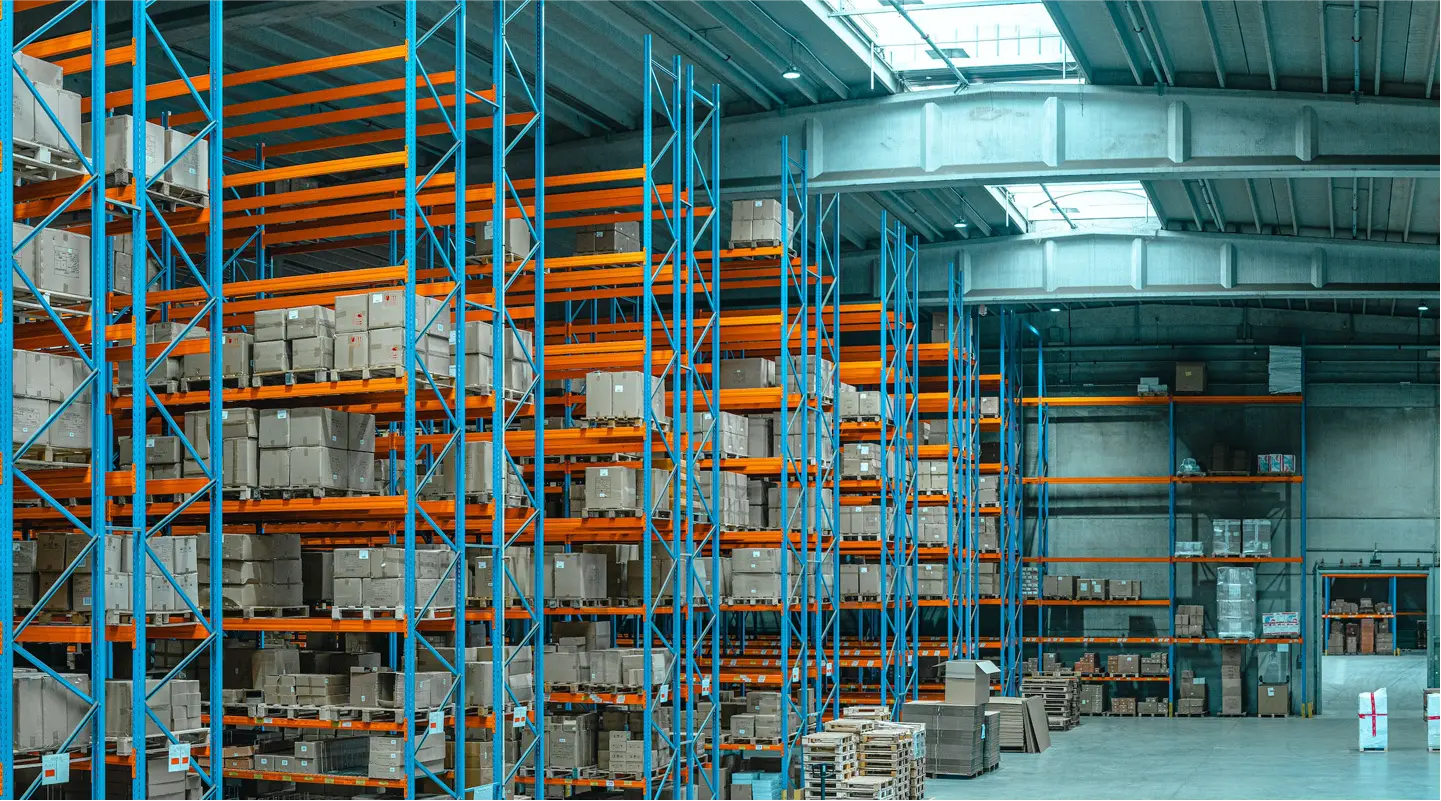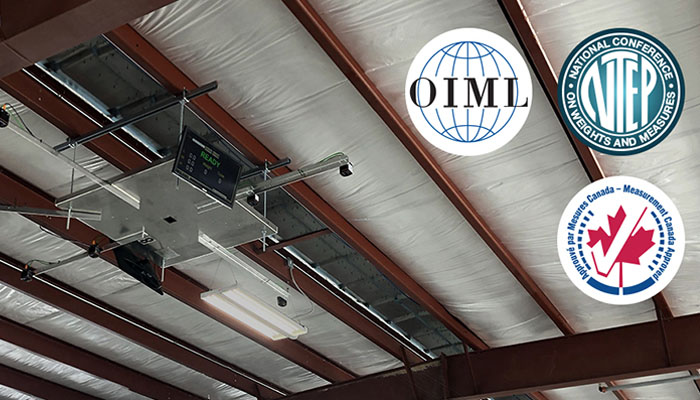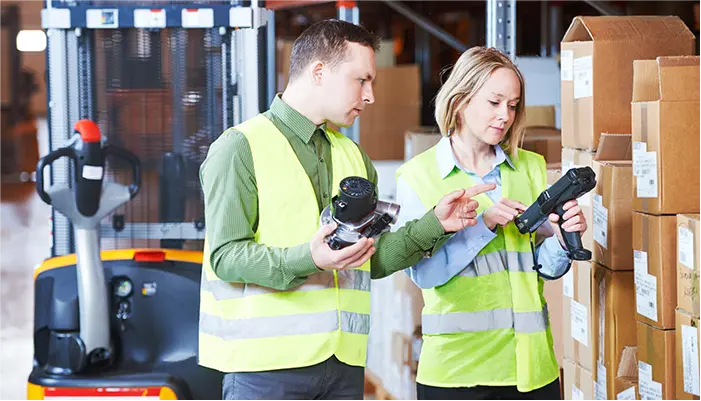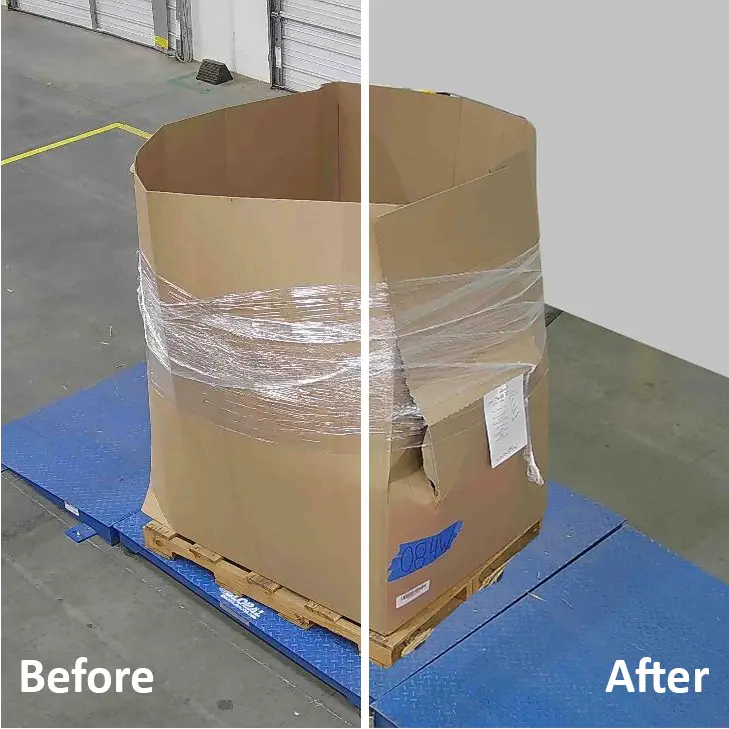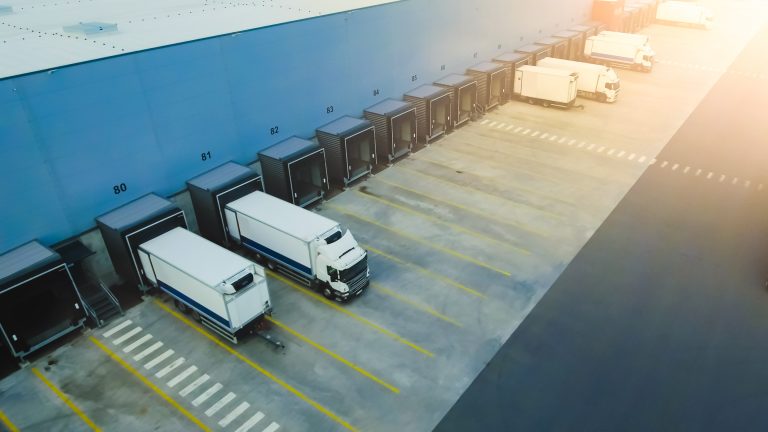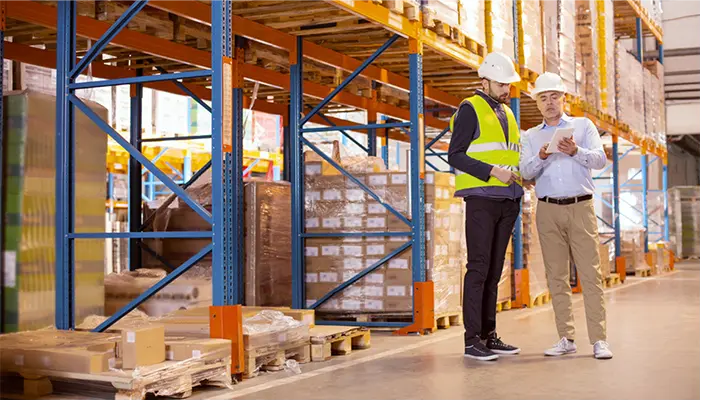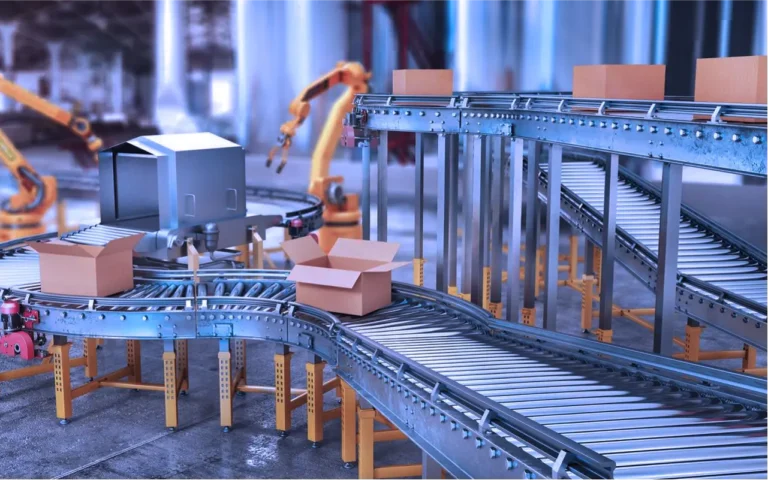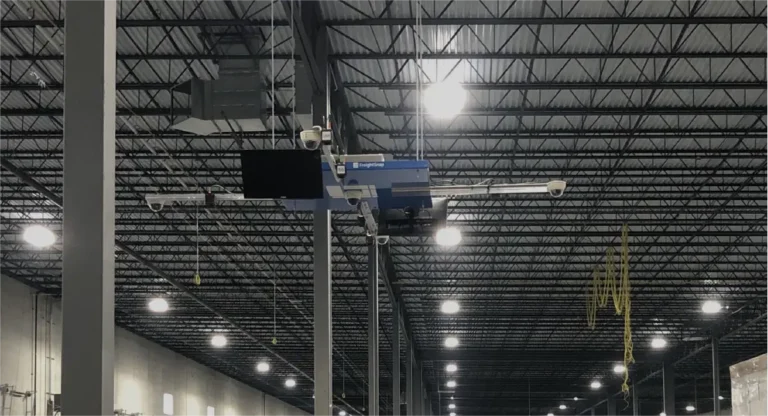When someone goes to a supermarket or a store to buy a product, it is only the last step of an extended chain. Before this purchase happens, there is a long path involving suppliers, transportation, and several transformation processes in the production line. The travel routes and time involved in globally manufactured goods before they reach the final customer are constantly growing. As many parts are involved in this process, the probability of misunderstandings and errors alongside the chain can increase. This situation could lead to mistrust among the parties. But how could companies and customers raise their trust? How can they ensure that the whole chain works perfectly?
The answer to this problem is information. Instant and reliable information regarding process operations and their respective status alongside the chain can help processes to be monitored and controlled more effectively. A powerful way to achieve this goal is by using pictures. Nowadays, we live in times of visual information; from social media to billboards, pictures surround us. With them, it is also possible to innovate and improve logistics. Pictures help control the supply chain to ensure its reliability and stability. In addition, they can contribute to collecting data, extracting information, detecting, identifying, positioning, and tracking objects.
One way of efficiently capturing images is with Pallet Dimensioners, which are also very useful for packaging and palletizing. This tool allows companies to weigh, measure, photograph, and catalog their freight all in one spot. Pallet dimensioners not only reduce processing time but also help collect valuable data that can be used to prove the actual state and quality of the goods. Another innovative approach is the use of cameras to document how freight is received and loaded. Due to the ever increasing stresses on logistics channels, more freight is showing up damaged or even lost. Having proper documentation will go a long way toward recovering damages and accessing critical operations. The technology to interpret those images through AI and Machine Learning is adding critical data points for logistics managers to evaluate dock practices and performance.
These two appliances are a perfect example of how technology improvement can help us simplify and upgrade processes. Before, it could take days to manually take measurements and calculate values for operations like quotes, claims, or billing purposes. Nowadays, these can be done automatically in a matter of seconds, saving time, reducing costs, and improving efficiency, effectiveness, and trust throughout supply chains.
By now, there are many advances and improvements in image processing and technologies that have been increasing efficiency in the industry, leading to the development and expansion of more advanced and sophisticated solutions. If you are wondering if it is the right time for your company to invest in this kind of technology: it is. You should follow the path of innovative use of pictures. Think about which tool would help solve your specific needs and start simplifying the way you share their information with your direct customers.

